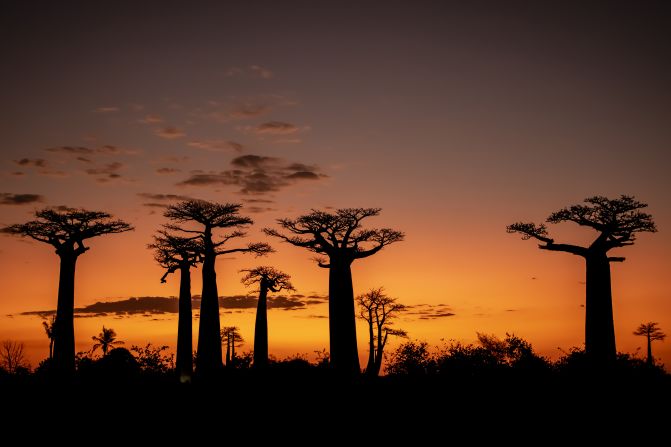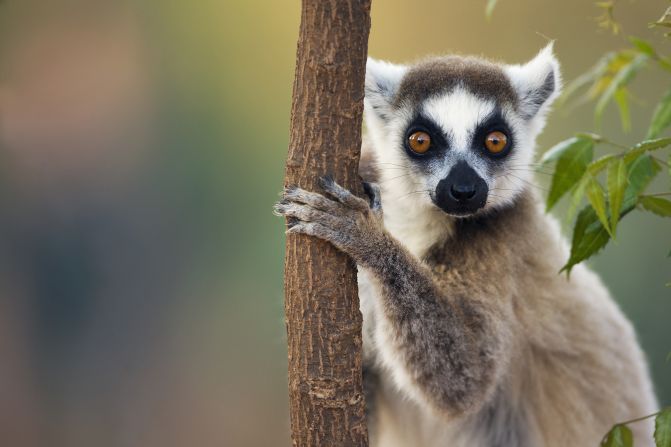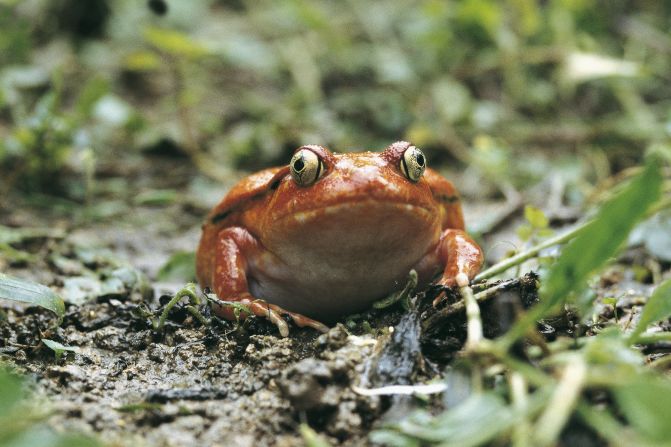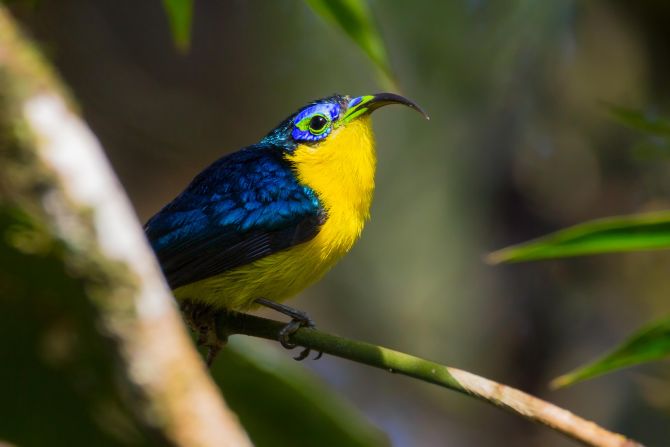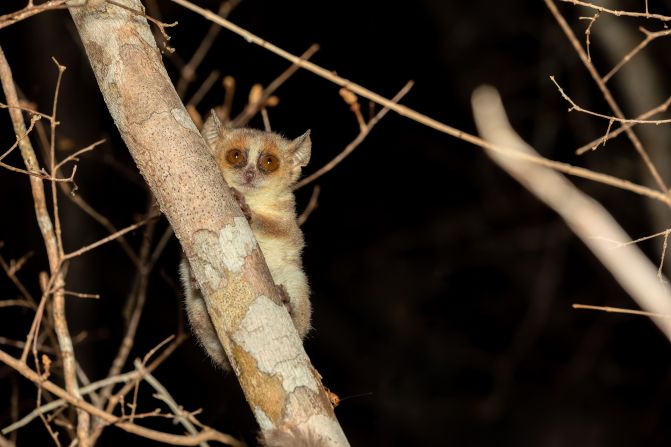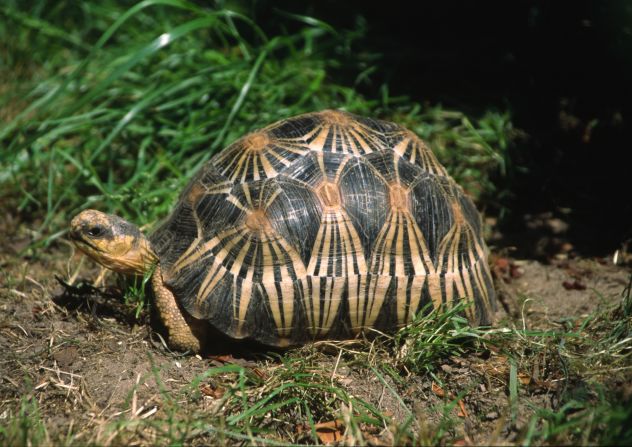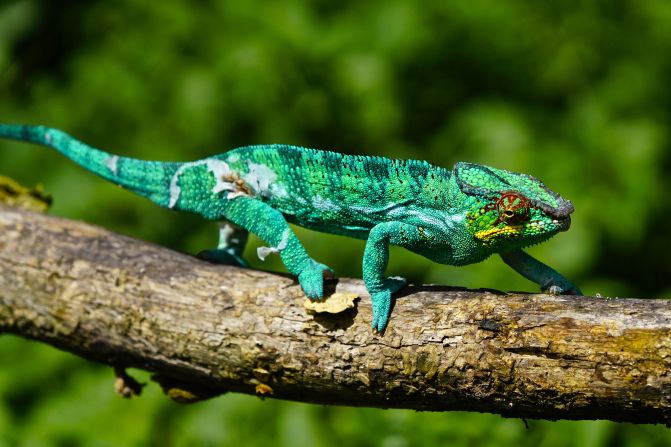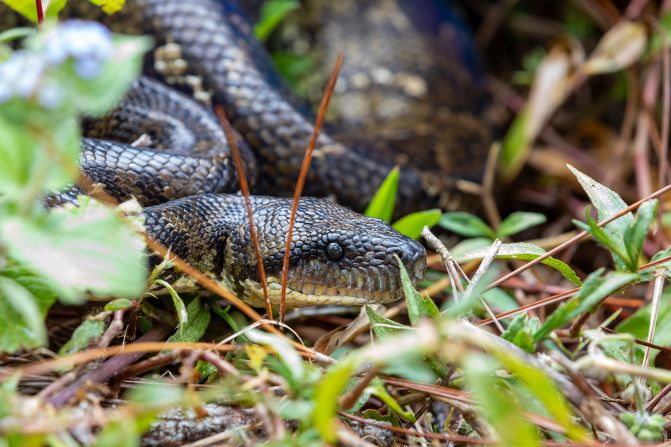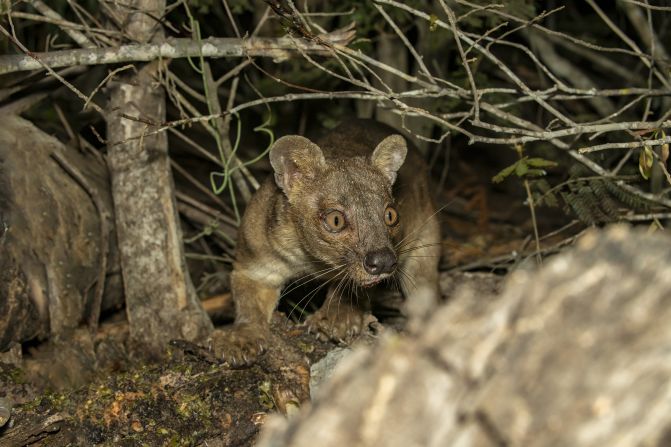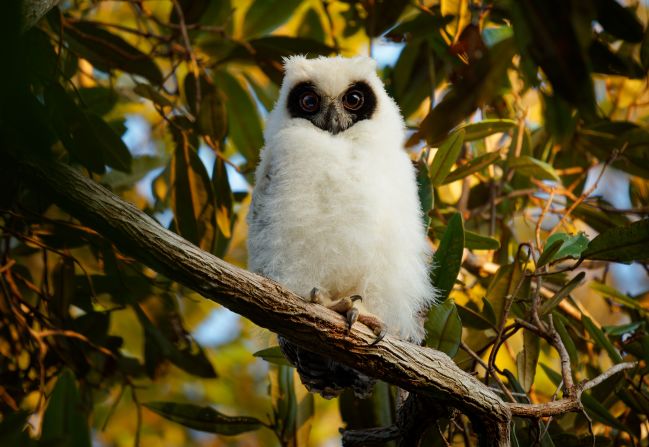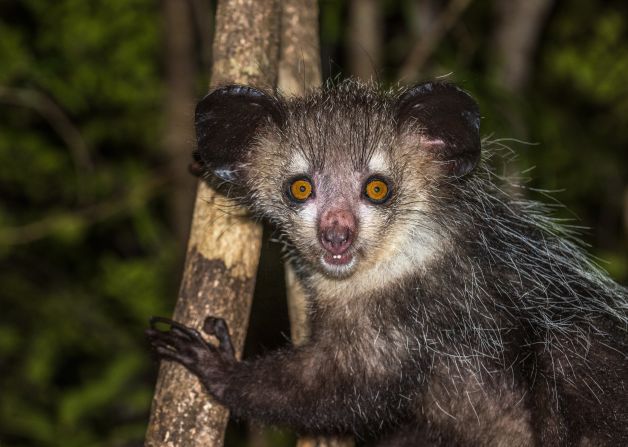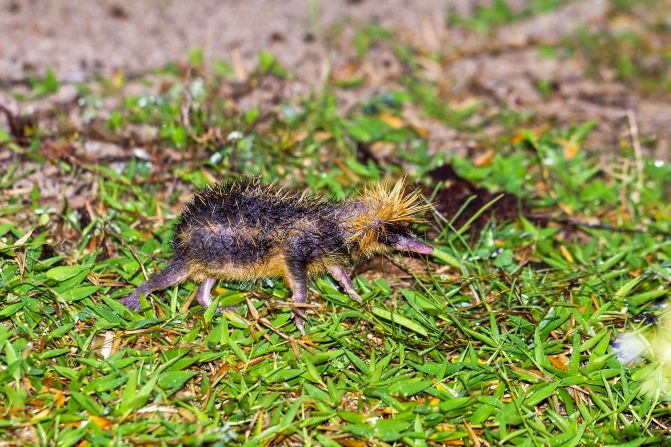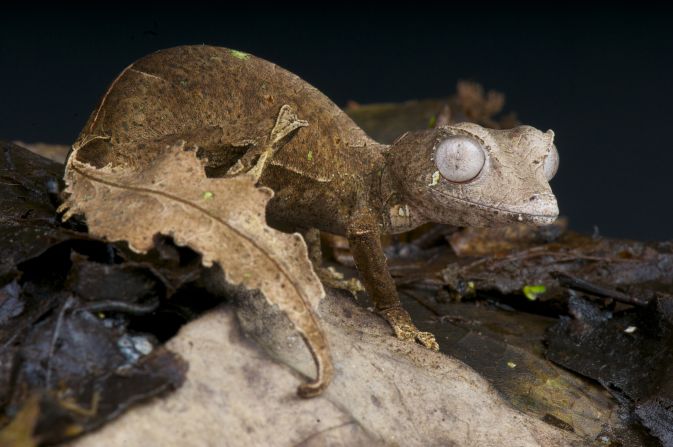Editor’s Note: Call to Earth is a CNN editorial series committed to reporting on the environmental challenges facing our planet, together with the solutions.?Rolex’s Perpetual Planet Initiative?has partnered with CNN to drive awareness and education around key sustainability issues and to inspire positive action.
A giant dark-brown millipede, not documented for 126 years, has been recorded in Makira Natural Park, home to the largest and most intact forest in Madagascar.
It is one of 21 “lost” species rediscovered by Re:wild during an expedition to the African island in September last year, the results of which have just been published. The conservation organization aims to locate species that have not been seen and recorded for a minimum of 10 years, hoping that by removing data deficiencies it will be able to help prevent species extinction.
Christina Biggs, lost species officer for Re:wild, spotted the giant millipede crawling over her boot outside her tent one morning. “I filmed it for a while because I thought it was cool, having no clue that it was an actual lost species,” she told CNN in an email. “It wasn’t until Dmitry Telnov, a beetle specialist with the Natural History Museum in London, sent material to a German colleague specializing in Madagascan myriapods, that we found out it hadn’t been documented since 1897.”
The longest specimen of the species (scientific name: Spirostreptus sculptus) observed was a gigantic female measuring 27.5 centimeters (10.8 inches). The team was surprised to discover that despite a lack of scientific records, the millipede was in fact fairly common across the rainforest.
“There are so many reasons why a species might not have been documented in over a decade, or (are) ‘lost’ by our definition. Disease, pollution, catastrophic weather, human-wildlife conflict. But sometimes it’s simply because people haven’t looked for it or are less interested because it’s not fuzzy and cute,” said Biggs.
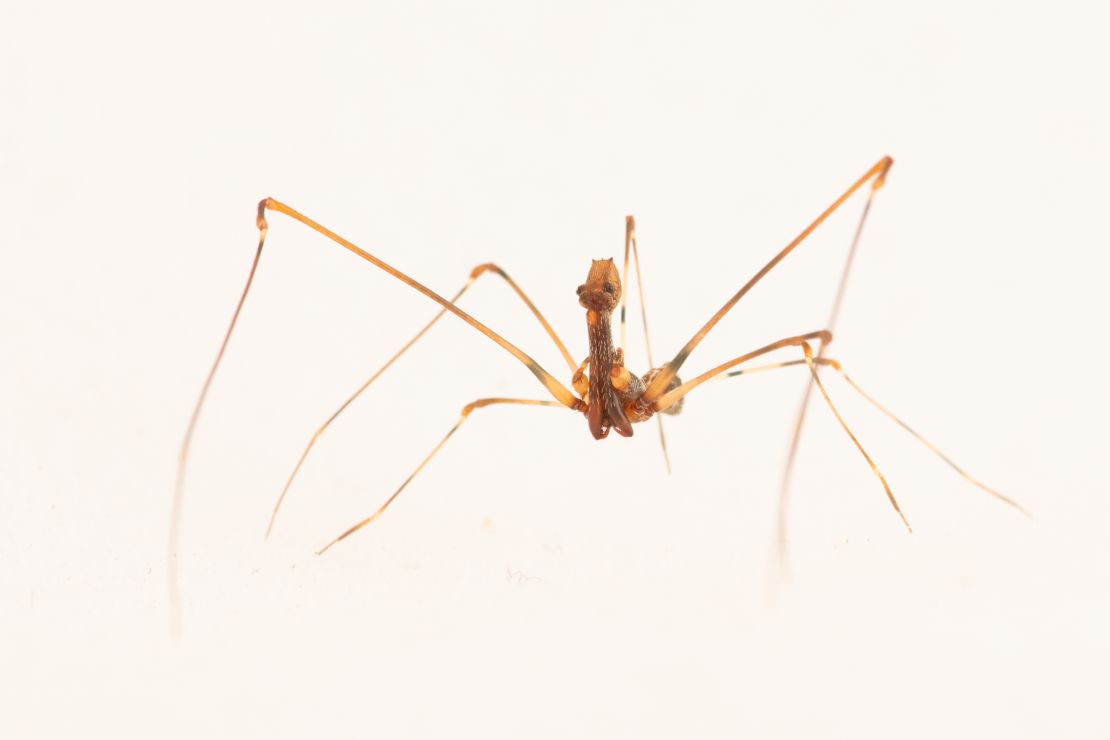
Among the other 20 species rediscovered were jumping spiders, ant-like flower beetles and three species of fish. The team also documented new species that had never previously been recorded in Makira, such as the zebra spider.
Brogan Pett, director of the SpiDiverse working group at the Biodiversity Inventory for Conservation (BINCO) and doctoral candidate at the University of Exeter, in the UK, made the discovery after spotting a hanging egg sac in the entrance of a small cave.
“I immediately recognized them as something special,” he said in a press release. “Pendulous egg sacs is one of the characteristics of the family of zebra spiders this new species belongs to. I crawled a short way inside the cave and saw a few adult spiders guarding egg sacs – they were quite large spiders and it was remarkable that they had gone unrecognized for so long.”
Searching for lost species
Biggs explains that in the search for lost species, Re:wild usually focuses on finding one or two species on a single expedition. But due to the high density of biodiversity in Madagascar, they took a different approach, with a team of 30 scientists from different universities and conservation groups specializing in a range of species.
However, some of the species they went looking for were not rediscovered, such as the Masoala fork-marked lemur, Calumma vatososa, a large chameleon, and the dusky tetraka, a small yellow songbird.
The wonders of Madagascar
Biggs fears that this could mean that some species are extinct. The country has faced extensive deforestation, with one 2023 study estimating that Madagascar has lost 80% of its natural areas. While Makira is relatively intact, the team saw evidence of illegal mining, homesteading and rice paddies in the protected area, said Biggs. It also detected several invasive species, such as mosquitofish, black rats and land snails, that can be a threat to native wildlife.
“We know that the larger a species is and the longer it has gone undetected, the higher the likelihood of extinction. So we’re worried about the fork-marked lemur and the Fito leaf chameleon,” she said. The two species were last documented in 2004 and 2006 respectively, whereas the dusty tetraka was spotted by the Re:wild team in 2022 and 2023 in two other locations in Madagascar, so they are confident the species exists but have been unable to confirm Makira as a habitat.
Biggs cautioned that the results were from “one survey in very rainy conditions” and that “much more work is needed to conclude beyond a reasonable doubt that the last individuals have died.” The organization and its partners will continue expeditions on the island to gather further data.
“Effective conservation and protection efforts begin with understanding which species are present and where they are located,” said Merlijn Jocque, a researcher at BINCO, in a press release. “Often, this critical information is lacking, making it difficult to prioritize and implement effective conservation actions within limited resources.”
Biggs hopes that by identifying some of the 4,300 species globally that have not been documented in a decade or more, they will be able to aid conservation efforts for vulnerable species and prevent extinctions.
“You can’t save what you don’t know is there,” she said.












